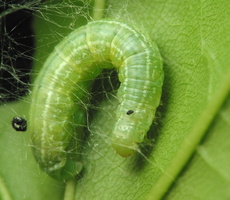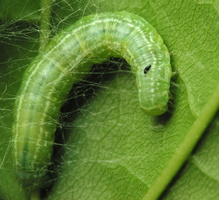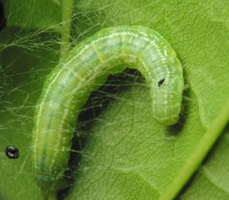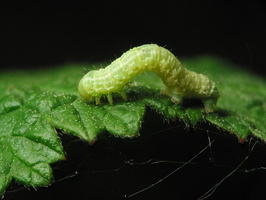- sort orderDefault
Photo title, A → Z
Photo title, Z → A
✔ Date created, new → old
Date created, old → new
Date posted, new → old
Date posted, old → new
Visits, high → low
Random
 home / Insecta · vabzdžiai / Lepidoptera · drugiai / Geometridae · sprindžiai / Operophtera brumata · mažasis žiemsprindis
home / Insecta · vabzdžiai / Lepidoptera · drugiai / Geometridae · sprindžiai / Operophtera brumata · mažasis žiemsprindis

Operophtera brumata · mažasis žiemsprindis
EN · winter moth
DE · Kleiner Frostspanner
LT · mažasis žiemsprindis
LV · mazais salnsprīžmetis
PL · piędzik przedzimek
- en.wikipedia.org/wiki/Winter_moth
- naturespot.org.uk/species/winter-moth
- mke.lt: mažasis žiemsprindis
Winter moth caterpillars emerge in early spring from egg masses laid near leaf buds . Recently hatched larvae feed on expanding leaf buds, often after having burrowed inside the bud, and later on foliage, for approximately six weeks. Sometimes the larvae occur in great numbers, reaching pest status and occasionally completely defoliating small trees. In addition to feeding on the tree where they hatched, young larvae will also product silk strands to be wind-blown to other trees. By mid-May the larvae descend to the ground.



